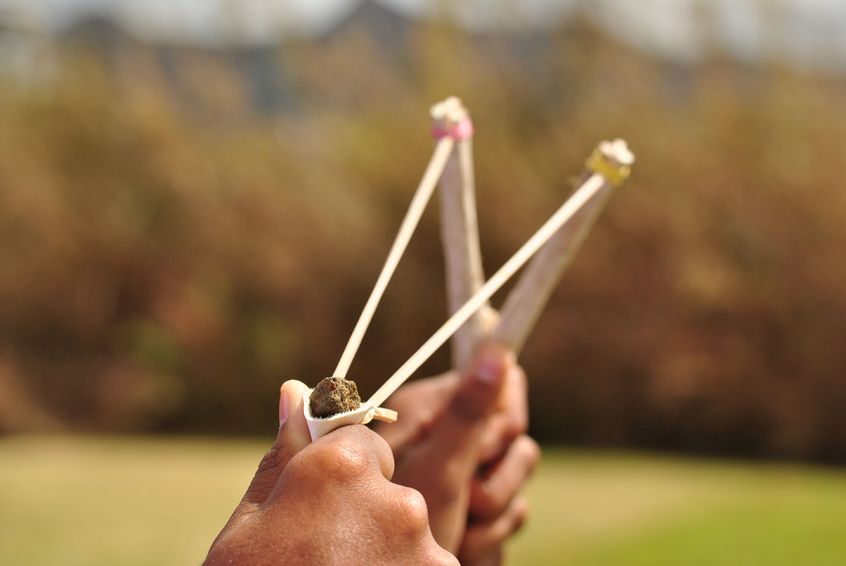Understanding how the mechanics of the human body works can be difficult. At the simplest level, we need to understand how pushing (compression) and pulling (tension) occurs in the body. It’s tempting to think that compression is just the opposite of tension, and as a result, nature has no preference between the two. It’s tempting indeed, but like a lot of common sense notions, when you look a little closer, it is in fact not the case at all.
Compressive structures are often thought of like a stack of building blocks balanced on top of each other, and this is a very common view of how your skeleton works – like a stack of bony levers balanced on top of each other. One interesting property of a stack is that once it becomes unbalanced and starts to topple, the stack becomes even more unbalanced and topples faster. Collapse is the lowest energy state for a stack. The posh term for this is that stacks are unstable.

A compressive stack can be easily destabilised. Once toppling begins, it takes increasing amounts of force even just to slow the arrival of total collapse.
Tensile structures, on the other hand can be thought of like the elastic sling on a slingshot/catapult. One interesting property of a sling is that the only way to unbalance a sling is to extend it. However, this means that the sling pulls back harder, which makes it harder to create further imbalance, and on release, moves the sling back to its balanced position. Unlike a stack, balance is the lowest energy state for a sling. The posh term for this is that slings are stable.

A tensile sling can be taken away from it’s balanced position, but it becomes harder and harder to unbalance it.
How can you find out if your body is using a stacks or slings to maintain its posture? An easy way is to stand still for 10 minutes, with your knees slightly bent. If you are using your leg bones like a stack, then your muscles will have to tense to maintain your posture, and this will increase the more you bend your knees. It will be reasonably obvious after 10 minutes if this is what you are doing (try it – 10 minutes can last a surprisingly long time)! Alternatively, if you engage your connective tissue as a sling around your knee joint, then you can maintain this posture with minimal muscular exertion.
The trick, of course, is to learn how to adjust what is under your skin so that you can engage this sling mechanism. However, as a result, you can make your body incredibly strong and stable by virtue of the material that your body is made from, not how hard you can strain – and the beauty of this is that it is a learned skill. So that means you can do it too.
